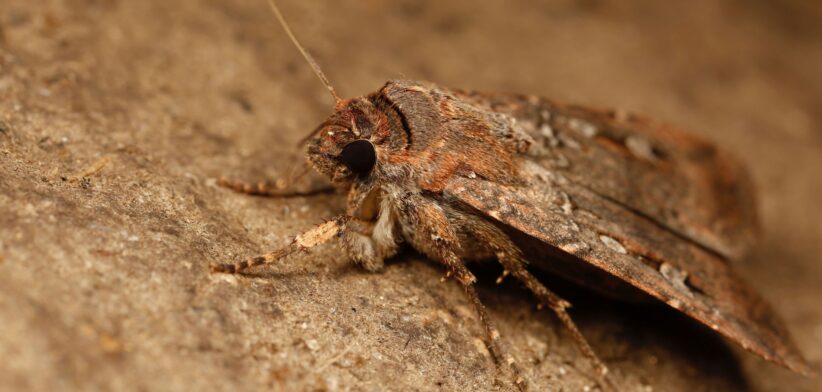An Australian moth has become the first insect shown to use the stars to navigate hundreds of kilometres.
A world-first study, by an international team of scientists, including researchers from the Australian National University and the University of South Australia, found Australia’s iconic Bogong moth uses constellations and the Milky Way to navigate across the country during its annual migration.
Study author Professor Eric Warrant said it was the first known invertebrate to rely on a stellar compass for long-distance travel.
Professor Warrant said the study showed how the nocturnal moth combined celestial navigation with Earth’s magnetic field to pinpoint a specific destination it had never visited before.
“Until now, we knew that some birds and even humans could use the stars to navigate long distances, but this is the first time that it’s been proven in an insect,” he said.
“Bogong moths are incredibly precise. They use the stars as a compass to guide them over vast distances, adjusting their bearing based on the season and time of night.”
Professor Warrant said each spring, billions of Bogong moths emerged from breeding grounds across southeast Australia and flew up to 1000 kilometres to a small number of caves and rocky outcrops in the Australian Alps.
He said by using sophisticated flight simulators and brain recordings in controlled, magnetically neutral environments, the researchers tested how moths oriented themselves under different sky conditions.
“When presented with natural starry skies and no magnetic field, they consistently flew in the correct migratory direction for the season – southward in spring, northward in autumn.”
Professor Warrant said when the starry skies were rotated 180 degrees, the moths reversed direction accordingly, but when the stars were scrambled, their orientation vanished.
“This proves they are not just flying towards the brightest light or following a simple visual cue,” he said.
“They’re reading specific patterns in the night sky to determine a geographic direction, just like migratory birds do.”
Read the full study: Bogong moths use a stellar compass for long-distance navigation at night.








